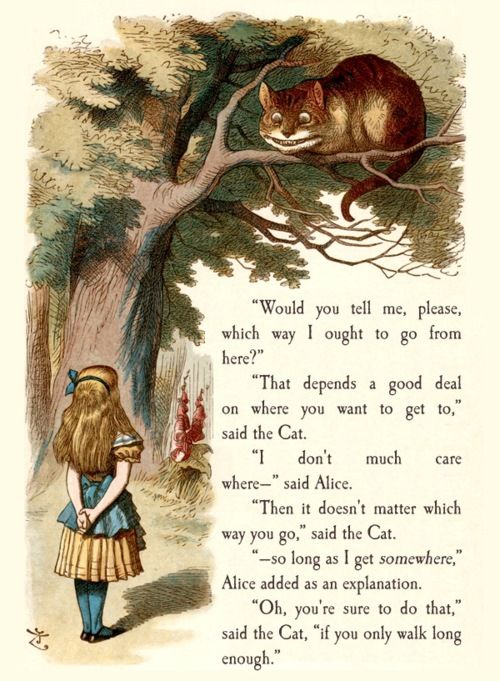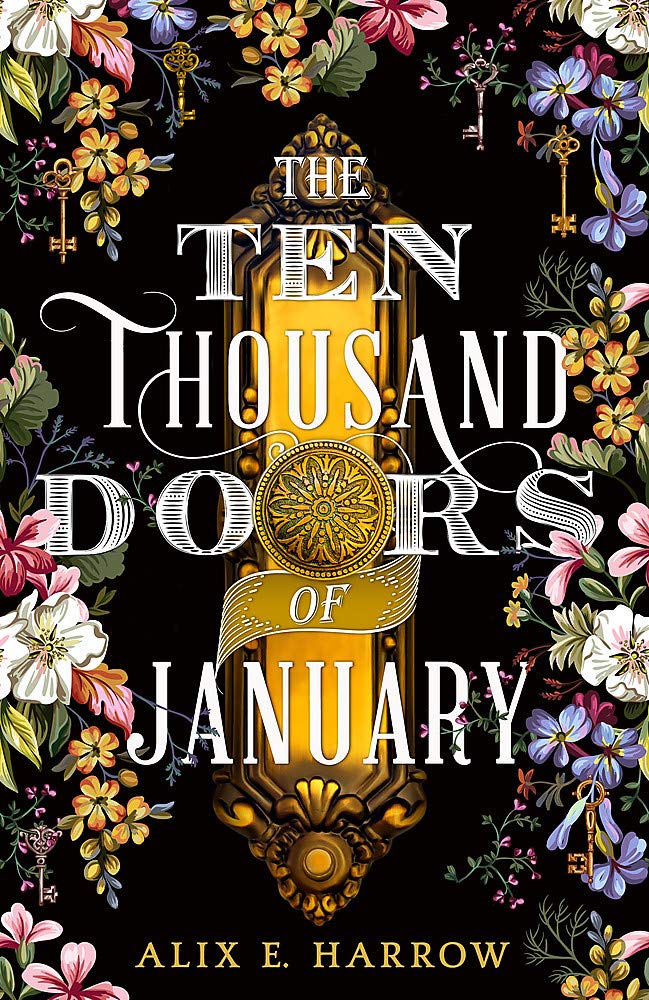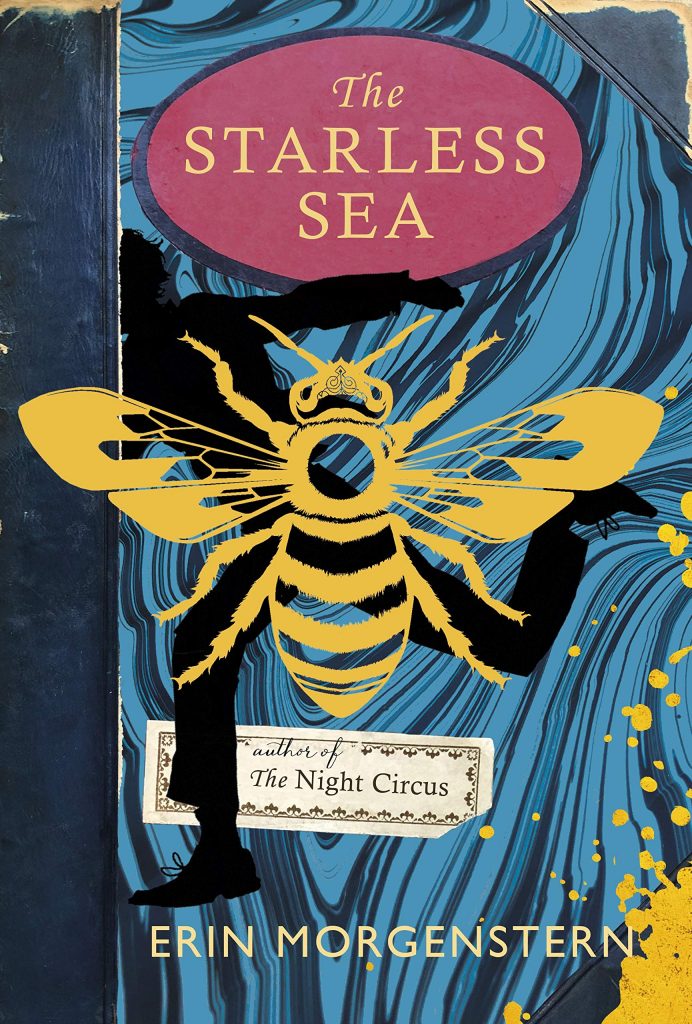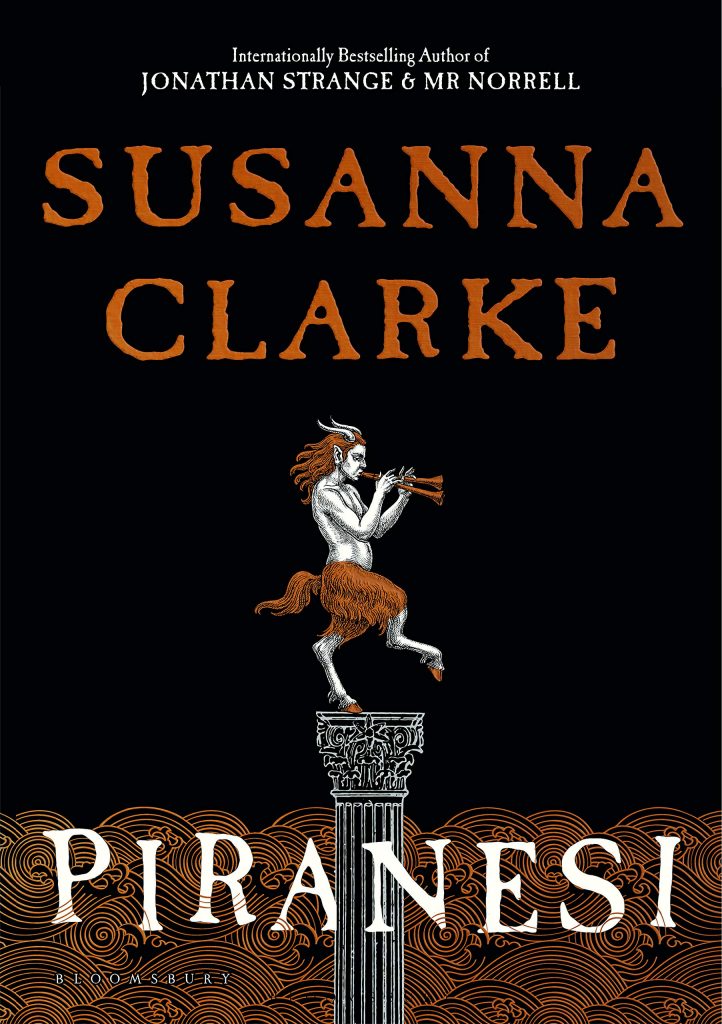In Dream Whisperer, Professor Lagergren travels to another world by stepping into a magic mirror owned by the mysterious antiquarian Deere. It’s an obvious reference to Alice in Wonderland, or more correctly, to its sequel, Through the Looking Glass. Both of them rank amongst my favourite books.
The passage from one world to another via a portal of some sorts is probably one of the most over-used themes in popular fiction. Apart from Lewis Carroll, C.S. Lewis used it in The Chronicles of Narnia, Philip Pullman in His Dark Materials, and Neil Gaiman in Coraline and Neverwhere — all of them hugely successful children and YA books. For one of my best-loved authors, Haruki Murakami, it’s a recurring theme in many of his novels and short stories. I’m sure one can write a PhD thesis on the subject of parallel worlds in literature. It’s probably already been done.

The parallel worlds in Dream Whisperer aren’t a mere frivolous side theme to pay homage to authors I revere. They’re at the core of Fleming’s universe. The Outer Gods smashed through the boundaries of millions of universes in order to reach Earth. In their wake, many of the species Fleming’s special branch is trying to keep in check arrived on our planet. There’s, however, a secondary migratory pathway to Earth. The partitions between the universes remain permanently cracked after the Outer Gods’ passage. That web of cracks forms a maze of passageways from one world into another that can be used even today by non-human species to reach our planet. Its existence offers both opportunities and threats humans still fail to grasp. In the sequel to Dream Whisperer, the magic mirror will return, and it’s shown that impending doom lurks at the other end of some of the cracks.
The migration to Earth of alien populations in a distant past is a continuous source of conflict in Dream Whisperer. Humans have become the dominant sentient species on Earth, but that can’t disguise the fact we’re a Johnny-come-lately. Our meteoric rise to power upset a pre-existing world order constructed by species predating us by millions of years. We may have considered them gods in the past, but now they’re just competitors for territory and other scarce resources. Tensions are rife. Although humans are natives to this world, the ‘migrant’ species have a much older claim. Being ruled by us upstarts irks them. Some species chose to cooperate; others didn’t. But co-existence remains fraught with difficulties for all of them. The parallels with our ‘real’ world are easy to make. We’re still trying to come to terms with the consequences of forced and non-forced migrations from the past while new migratory streams complicate the picture even further.



After I’d finished writing Dream Whisperer, I started to read for fun again — when I’m writing, I tend to restrict my reading mostly to research. I was delighted to find in my fiction stack two hugely enjoyable titles dealing with passageways to parallel worlds: The Ten Thousand Doors of January by Alix E. Harrow and The Starless Sea by Erin Morgenstern. More recently, I read Piranesi, the long-awaited new novel by Susanna Clarke, and, lo and behold, it’s another story about a parallel world. You might consider giving them a try. I heartily recommend them.